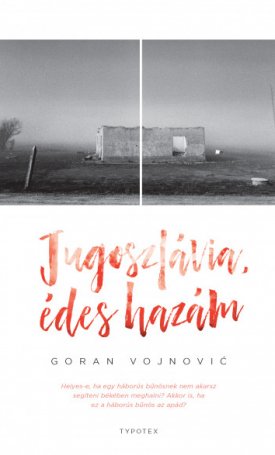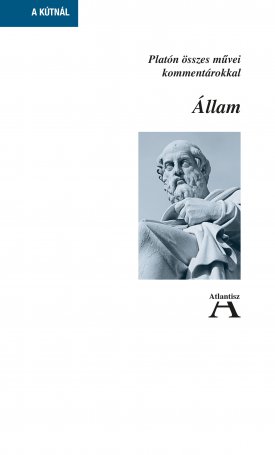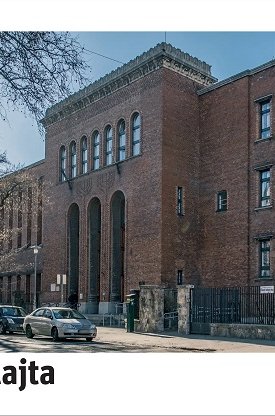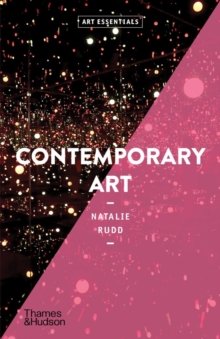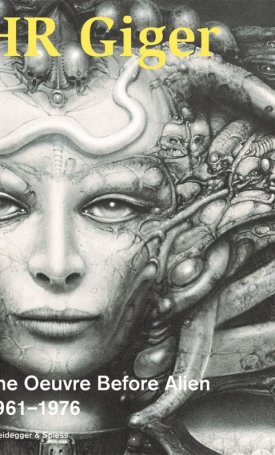Arcimboldo - 1526-1593
Arcimboldo - 1526-1593
This catalogue, produced for the first world monographic exhibition on Arcimboldo, reveals the eclecticism of one of the most fertile and brilliant minds of the Mannerist era, and looks at the artist and his work in the cultural context of the time. In addition to the famous composite heads, which are from important public and private collections all over the world, there is a remarkable selection of some 30 paintings (including many original portraits), tapestries, drawings and illustrations, created throughout the artist’s life, from his early beginnings in Lombardy to later years at the Hapsburg Court. These works enable the reader to discover and appreciate the extraordinary allegorical and formal breadth of this artist’s pictorial world.
Well known for his anamorphic head constructed from plants, fruit, animals and other elements, Giuseppe Arcimboldo (1526/27-1593) remains, paradoxically, a figure shrouded in mystery. Born in 1527 (1526?) to a noble Milan family, Arcimboldo is mentioned as a painter for the first time in 1549, in relation to sketches for the windows of Milan cathedral. A short time later, he was commissioned to execute the coat of arms for Ferdinand of Bohemia, the future Emperor Ferdinand I, who, satisfied with Arcimboldo’s work, summoned him to Prague as court portrait painter. By the time he arrived in 1562 he was already famous. Throughout the 25 years he spent in the service of the Hapsburg imperial court, Arcimboldo was honoured and respected. On the margins of his work as the Imperial family’s portrait painter (these works in the classical style are not well-known today due to difficulties with identification and attribution), Arcimboldo created several series which sent his contemporaries into raptures and earned him great respect: the Four Seasons, the Four Elements and the Crafts. He was an eclectic with infinite talents: he designed costumes and sets for the numerous ceremonies and parties that filled court life, in Vienna as much as in Prague; he invented water spectacles; and for great scientists of the day he was artistic advisor and illustrator for texts on flora and fauna.
Adulated in his lifetime, Arcimboldo fell into obscurity after his death in 1593. His unique and fanciful works – of which only a few originals remain – are certainly not understood as they should be. Rediscovered at the beginning of the twentieth century by the Surrealists, who considered this creator of “bizarre models” to be a precursor to modern art, Arcimboldo’s works came back into vogue some twenty years ago.
Paris, Musée du Luxembourg - 15 September 2007 – 13 January 2008
Vienna, Kunsthistorisches Museum – 11 February – 1 June 2008
Author:
Sylvia Ferino is the Curator of the Italian Painting of the Renaissance department at the Kunsthistorisches Museum in Wien and a collaborator at the Musée du Luxembourg in Paris.
Editor: Ferino-Padgen, Sylvia
Category: Képzőművészet, Képzőművészet / festészet, Művészettörténet

